According to the project to rearrange and reorganize administrative units at all levels and build a 2-level local government organization model, district-level administrative units will cease operations from July 1. No later than August 15, new commune-level administrative units (communes, wards and special zones) will officially come into operation.
In which, island districts and island cities will be converted into commune-level administrative units called special zones.
Currently, the country has 11 island districts including: Van Don, Co To, Cat Hai, Truong Sa, Hoang Sa, Phu Quy, Kien Hai, Bach Long Vi, Con Co, Ly Son, Con Dao and 1 island city Phu Quoc. In the future, these administrative units will become special economic zones.
Particularly for Phu Quoc city, Kien Giang province, the competent authority has agreed to separate Tho Chau commune of Phu Quoc city to establish a separate district, so research is being done to establish two special zones: Phu Quoc and Tho Chau.
Thus, by August 15 at the latest, when the commune-level administrative units come into operation, the whole country will have 13 special economic zones.
Below is some information about the area, population, and socio -economic characteristics of the upcoming 13 special economic zones:
1. Van Don - Quang Ninh
Area: 582km²
Population: about 60,000 people (2023)
Van Don Island District, Quang Ninh Province
With more than 600 large and small islands, Van Don is one of the localities with great potential for developing marine economy and high-end tourism services. Located in the key coastal economic zone of the North, Van Don is being planned to become a smart, ecological, modern island city, associated with the orientation of sustainable development.
The local economy is based on key industries such as marine tourism, high-tech aquaculture, logistics and maritime services. Infrastructure has been invested synchronously, including Van Don international airport, highways and deep-water seaports.
2. Co To - Quang Ninh
Area: 47km²
Population: about 6,700 people (2023)
Co To Island District, Quang Ninh Province
Comprising more than 50 large and small islands with 7 ethnic groups living together: Kinh, Tay, Nung, Dao, San Diu, San Chi, Hoa, Co To is an outpost island district of the Fatherland, playing an important role in protecting sovereignty and developing the marine economy. In recent years, Co To has promoted the economic restructuring towards services - tourism - fisheries.
With its pristine natural landscape, clean beaches and fresh climate, this locality has become an attractive destination for resort tourism, especially island ecotourism.
The fisheries sector still plays an important role, with aquaculture models combined with increasingly developed fishing logistics services. Co To's infrastructure has been gradually invested in, improving the quality of electricity, water, transportation and healthcare to serve the lives of residents and tourists.
3. Cat Hai - Hai Phong
Area: 345km²
Population: 31,996 people (2019)
Lach Huyen deep-water port. Photo: Department of Culture, Information, Sports and Tourism of Cat Hai district
Cat Hai island district consists of 366 islands, notably Cat Ba island - a center of marine eco-tourism and an important gateway to Lach Huyen deep-water port.
Cat Hai is an island district with a strategic role in developing the marine economy and logistics in the Northern region. This locality is notable for the Dinh Vu - Cat Hai economic zone, which has many modern industrial parks and seaports.
Besides industry, tourism is also a key industry, with the famous destination being Cat Ba archipelago - a world natural heritage recognized by UNESCO.
Cat Hai has strengths in aquaculture, especially in farming and processing high-value seafood.
4. Truong Sa - Khanh Hoa
Truong Sa island district is characterized by many coral islands, sandbanks and reefs; has a strategic position in terms of national defense and sea and island sovereignty.
Fisheries patrol force on Truong Sa island
Truong Sa is the most remote island district of Vietnam. Despite the harsh natural conditions, Truong Sa has been gradually built to become a solid foothold offshore.
The local economy relies mainly on the exploitation of marine resources such as seafood, and has great potential for oil and gas, renewable energy and maritime services. The islands of Truong Sa district have been invested in basic infrastructure systems such as housing, clinics, schools, broadcasting stations and defense and civil works.
Maintaining the presence and improving the lives of residents and soldiers here has profound socio-economic and political significance, demonstrating the determination to firmly protect national sovereignty in the East Sea.
5. Hoang Sa - Da Nang
Hoang Sa island district has a special position in the country's maritime strategy and long-term development, with great potential for marine resources such as oil and gas, coral, fisheries and offshore wind energy.
Propaganda and traditional education activities about Hoang Sa have been promoted, closely linked to the development of maritime culture and awareness of protecting sovereignty. This island district is a sacred and inseparable part of Vietnam's territory.
6. Phu Quy - Binh Thuan
Area: about 18km²
Population: about 29,000 people (2023)
Phu Quy has great potential for seafood exploitation.
Consisting of 12 large and small islands, this island district develops its economy based on fishing, aquaculture and marine tourism.
About 120km from Phan Thiet city, Phu Quy has great potential for marine economy, especially seafood exploitation, cage aquaculture and dried seafood processing.
In recent years, Phu Quy has been changing strongly thanks to the orientation of developing sea and island tourism combined with local cultural experiences. With beautiful beaches, fresh seafood and friendly people, the island attracts more and more tourists to explore.
7. Kien Hai - Kien Giang
Area: about 28km²
Population: about 20,550 people (2019)
Kien Hai island district
Consisting of 23 islands, Kien Hai has a favorable location and pristine landscape. The island district has the potential to develop eco-tourism, sea resorts and community tourism.
The main economic sector of the district is exploitation and aquaculture, especially cobia, grouper and sea urchin. Models combining tourism and seafood fishing are increasingly popular, creating stable livelihoods for the people.
The district's infrastructure is still limited but is being gradually invested in, from the national grid, ports, to schools and medical stations.
The local government focuses on protecting marine resources, preventing landslides and developing the economy in conjunction with ecosystem conservation. Kien Hai is aiming to become a green, friendly and sustainable island.
8. Bach Long Vi - Hai Phong
Area: about 2.33km²
Population: 1,152 people (2023)
Bach Long Vi is an offshore island district with a small area.
Located in the middle of the Gulf of Tonkin, Bach Long Vi is the farthest island from shore in the North, playing a special role in orienting marine economic development, protecting sovereignty and marine scientific research.
This is one of the island districts with rich seafood resources and favorable conditions for offshore fishing. The district is gradually developing fishing logistics services, while encouraging sustainable aquaculture models such as cobia, pompano, and seaweed.
In addition, the locality is also a hydrometeorological monitoring point, and a research site for marine resources and environment.
9. Con Co - Quang Tri
Area: about 2.3km²
Population: 400-500 people (2022)
Con Co island district has a special position in terms of national defense and security.
Con Co is a small island district located near the coast of Quang Tri, has a special position in terms of national defense and security and is a "living landmark" at sea. The local economy mainly relies on fishing, fishery logistics services and the exploitation of resources from coral reefs.
In recent years, Con Co has been oriented to develop marine ecotourism, associated with revolutionary historical values and marine biodiversity.
The island possesses a valuable marine ecosystem, with many endemic species, making it a suitable place for scientific research and nature conservation.
Despite its small area, Con Co plays an important role in the sustainable marine economic development strategy of the Central region and is a symbol of the Vietnamese spirit of sticking to the sea.
10. Ly Son - Quang Ngai
Area: 10.39km²
Population: 22,174 people (2022)
Ly Son island district is increasingly developing tourism.
Ly Son consists of two main islands, famous for growing garlic and onions. Besides agriculture, this locality also strongly develops fishing and coastal aquaculture.
In recent years, tourism has become a promising new economic sector of the district, attracting visitors by its unique geology, beautiful beaches and unique Sa Huynh - Champa culture. Ly Son is also home to many historical relics.
11. Con Dao - Ba Ria Vung Tau
Area: 75.79km²
Population: 12,000 people (2022)
Con Dao is transforming strongly thanks to eco-tourism, luxury resorts and spiritual tourism.
Con Dao is an archipelago with special value in terms of nature, history and green economic development. This place used to be a “hell on earth” during the resistance war, and is now preserved as a national historical heritage.
Economically, Con Dao is transforming strongly thanks to eco-tourism, luxury resorts and spiritual tourism.
Con Dao Marine Reserve is home to a diverse ecosystem with mangrove forests, coral reefs and is home to many rare species such as dugongs and sea turtles. The island is moving towards a “smokeless” development model, linking tourism with environmental education and improving the quality of life for residents.
12. Phu Quoc (Kien Giang)
(including Tho Chau commune)
Area: 589.27km²
Population: 179,480 people (2020)
Phu Quoc attracts millions of tourists every year.
Phu Quoc is the first island city of Vietnam and the largest marine tourism and economic center in the country. This place has many advantages to develop key industries such as resort tourism, trade, services and agricultural and aquatic product processing industry.
With synchronous infrastructure including international airport, seaport, North-South axis road, Phu Quoc attracts millions of visitors each year and many strategic investors.
The local economy also relies on aquaculture, fishing and traditional fish sauce production.
13. Tho Chau - Phu Quoc, Kien Giang
Area: 13.98km2
Population: 1,829 people (2023)
Tho Chau is the farthest island commune of Kien Giang province, more than 100km from Phu Quoc city center, close to the sea bordering Cambodia. With a particularly important strategic position, Tho Chau is not only a national "fence" on the Southwest sea but also has the potential for long-term marine economic development.
The economy here is mainly based on fishing, fish cage farming and traditional seafood exploitation. Residents live mainly from the sea, combined with small-scale farming for self-sufficiency.
In recent years, Tho Chau has invested in essential infrastructure such as electricity, fresh water, medical stations, schools and communication systems. Although tourism has not yet developed as strongly as Phu Quoc, with its pristine landscape, clear blue sea and white sand beaches, Tho Chau has great potential to become an ecological - resort destination in the future.
On February 24, at the 32nd session of the 10th term Kien Giang Provincial People's Council, the Provincial People's Council delegates voted to approve the policy of establishing Tho Chau district on the basis of the natural area of Tho Chau commune, Phu Quoc city.
Source: https://vietnamnet.vn/diem-dac-biet-cua-13-dac-khu-sap-di-vao-hoat-dong-khi-khong-con-cap-huyen-2391983.html


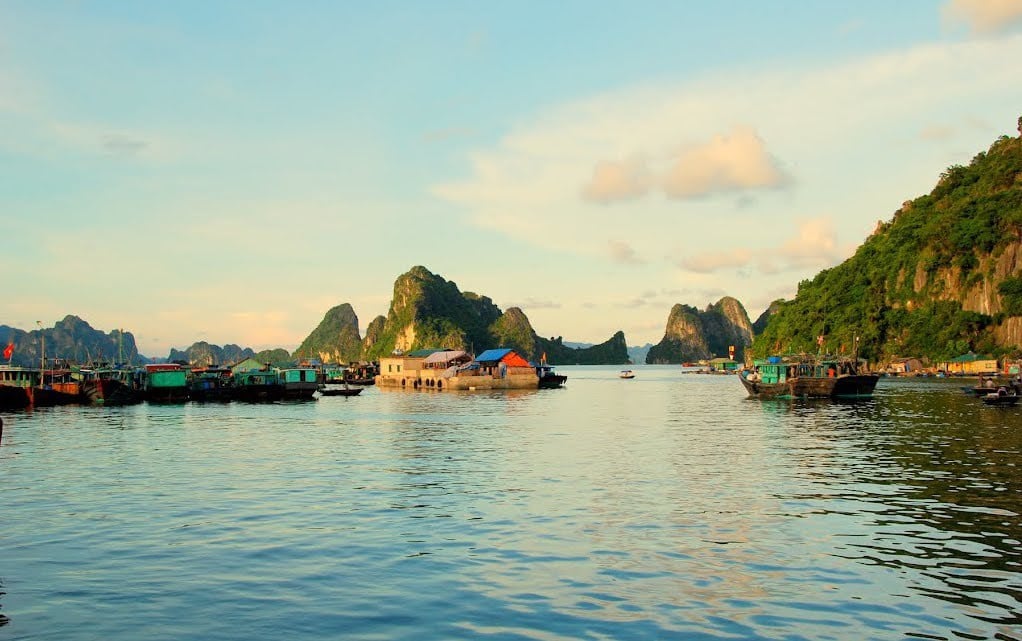
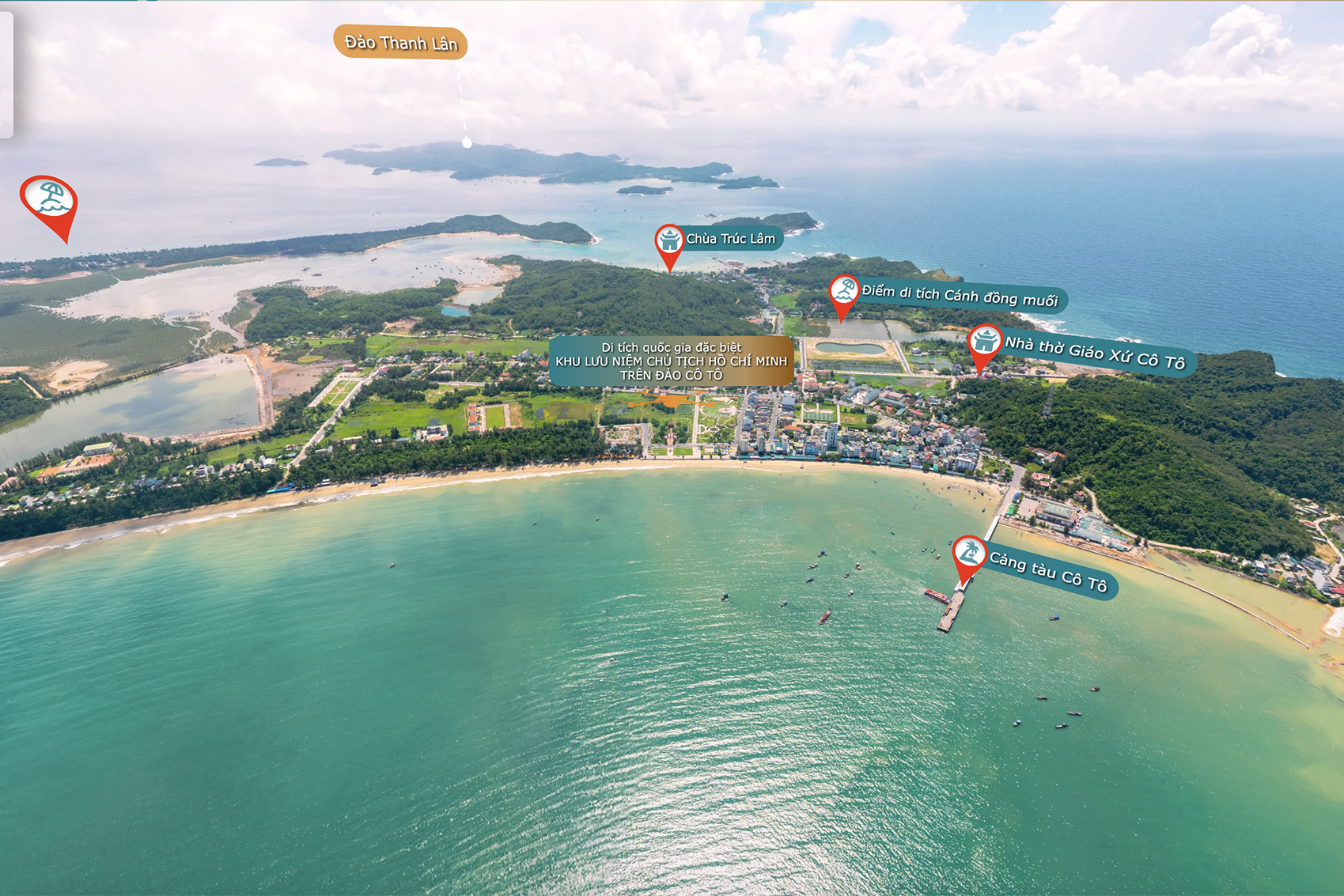
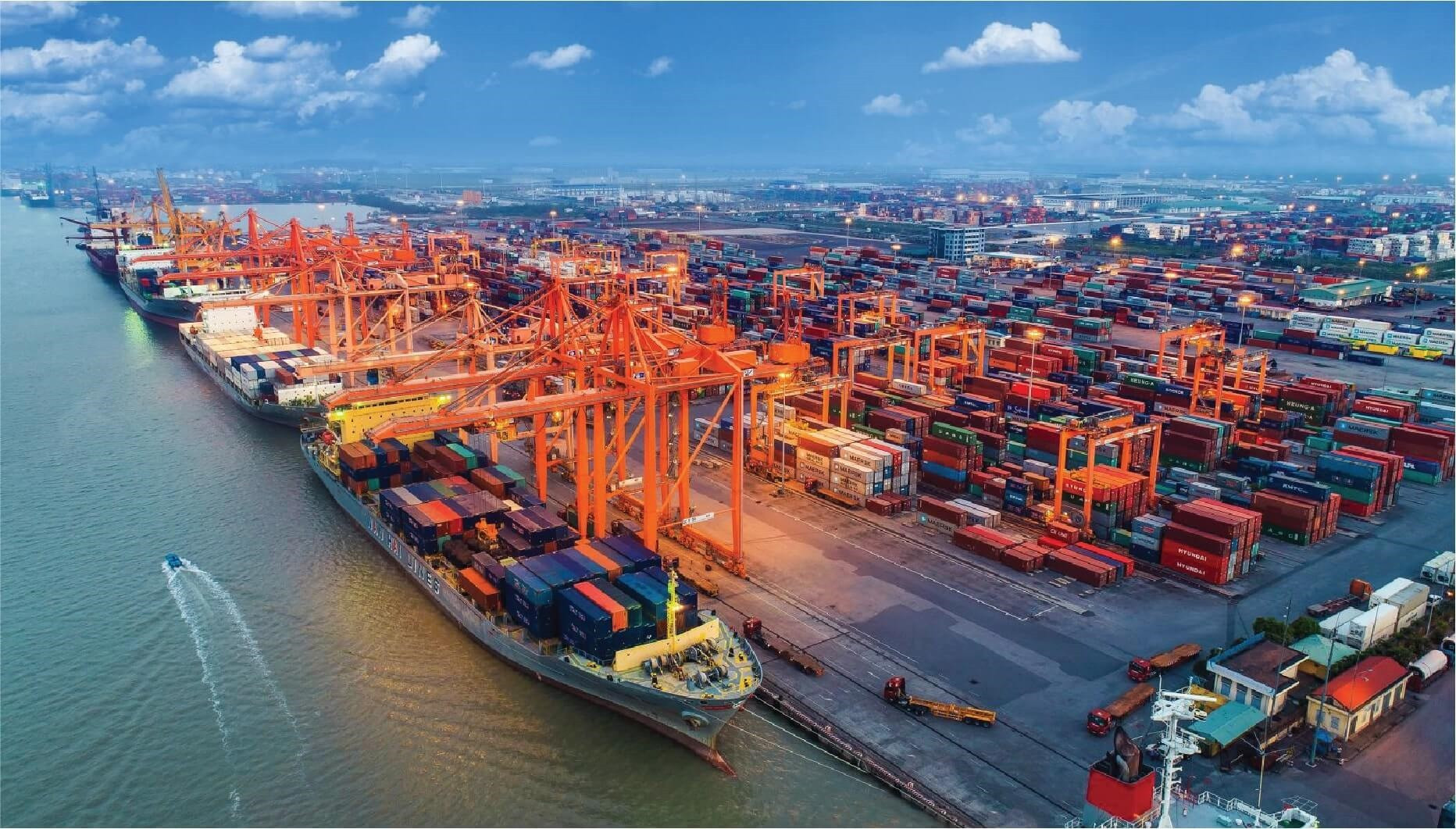
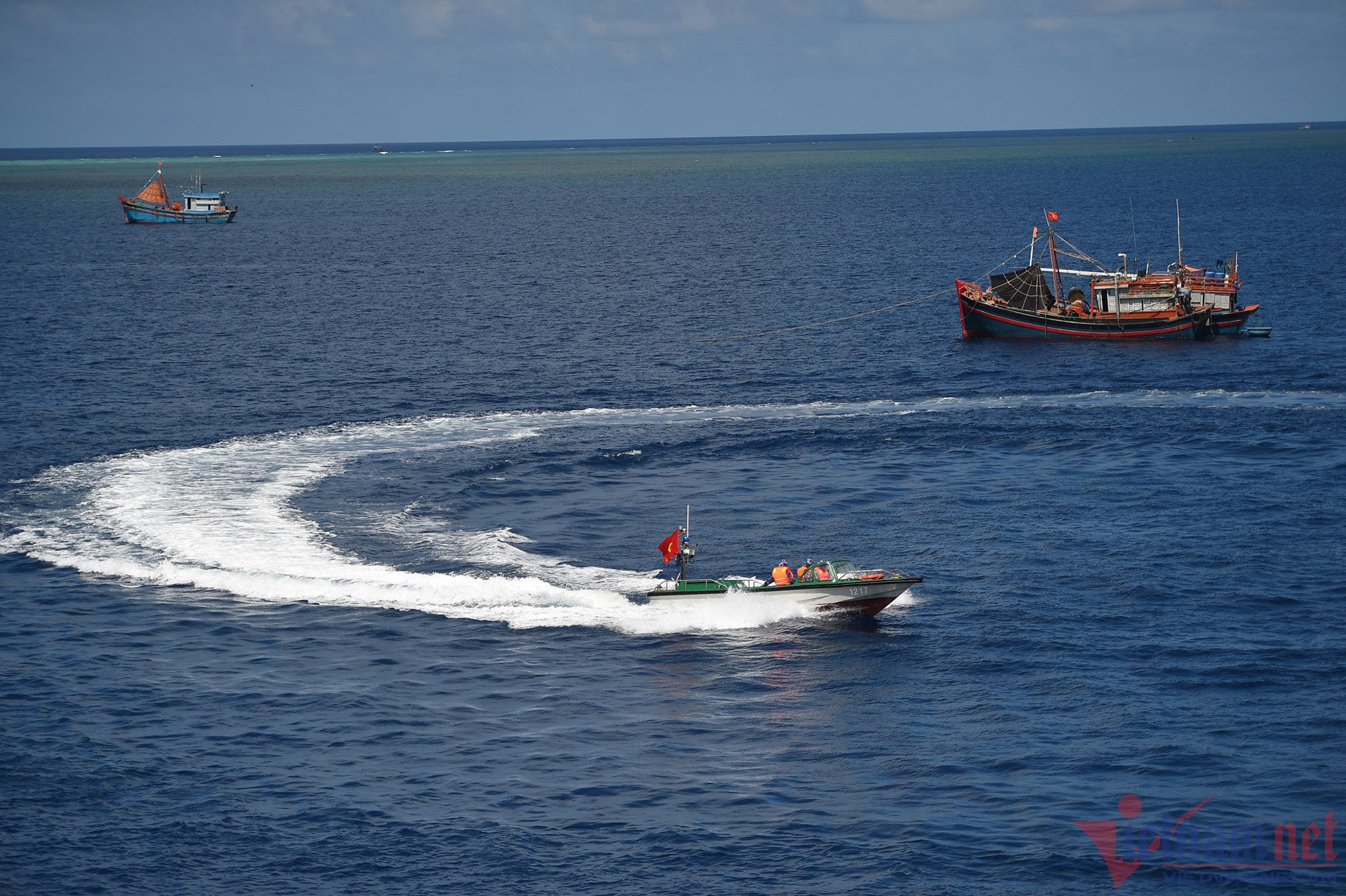

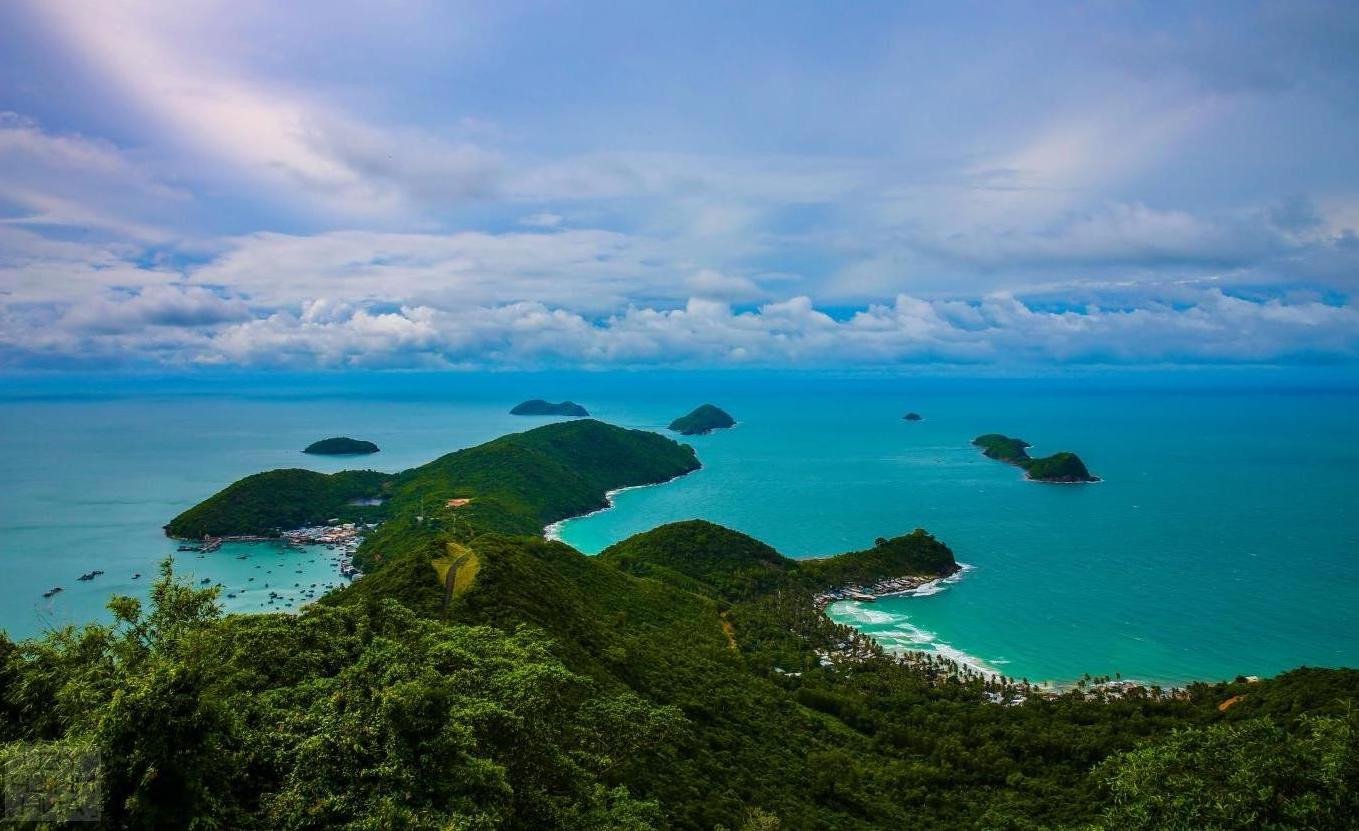
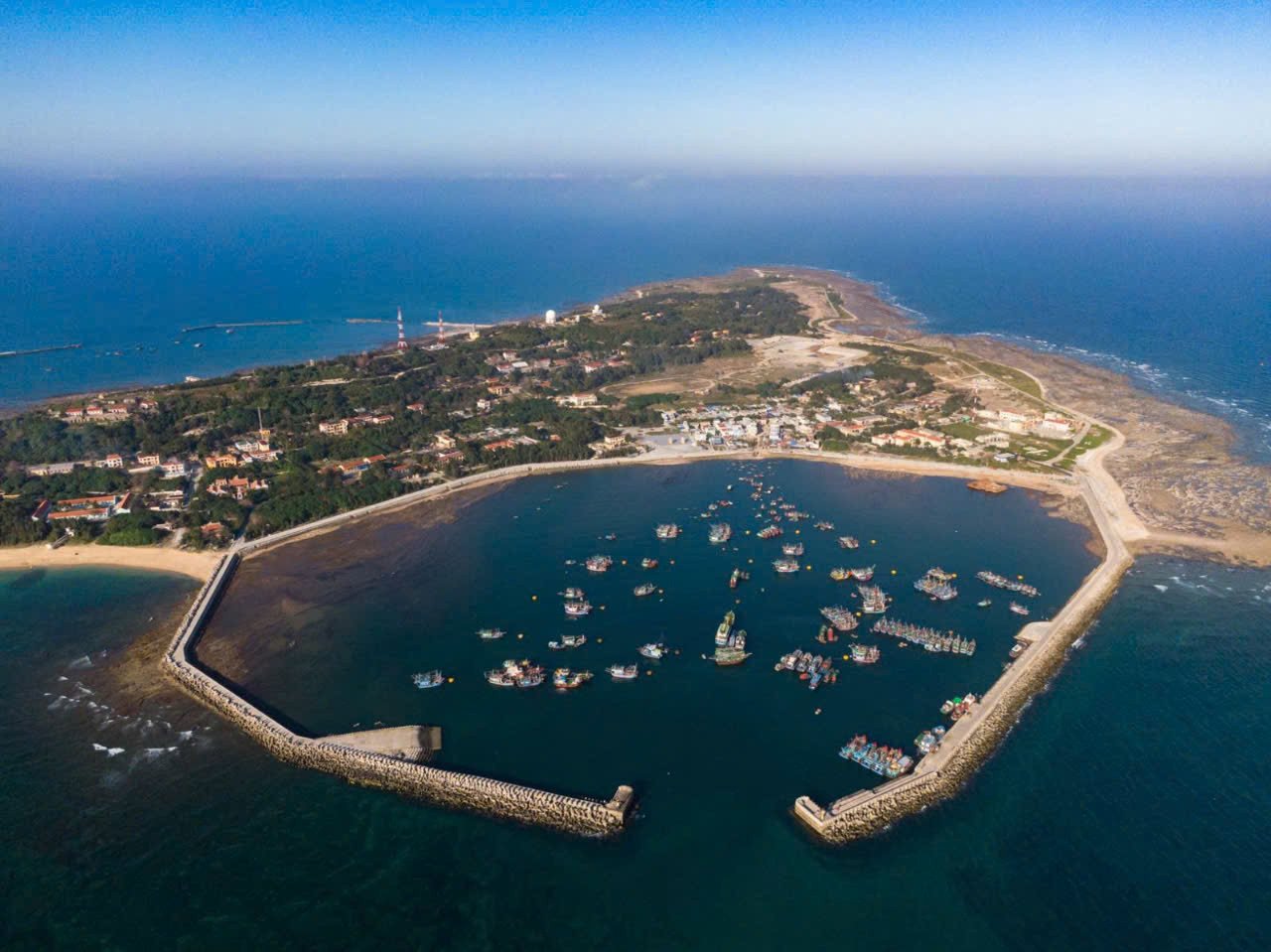
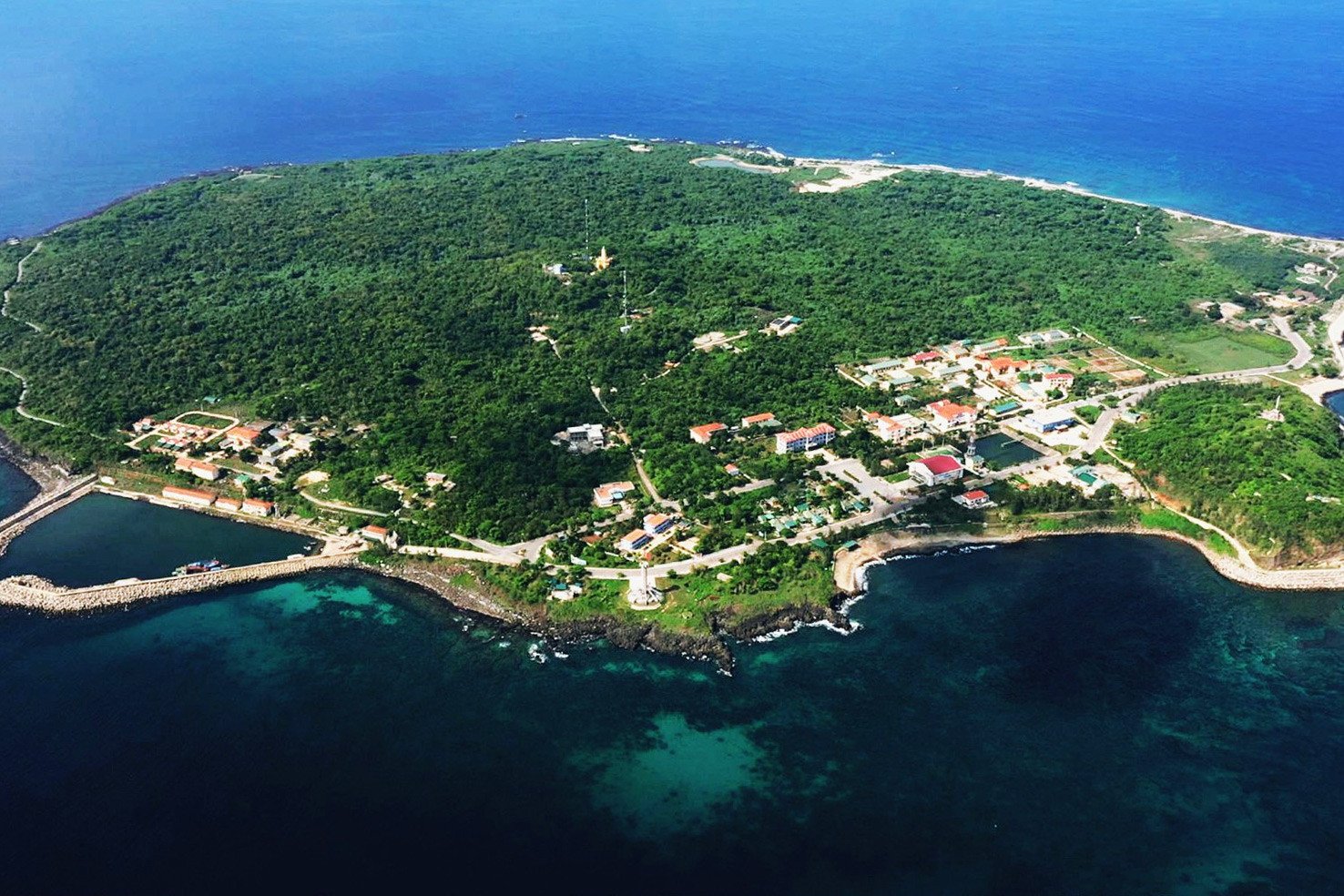
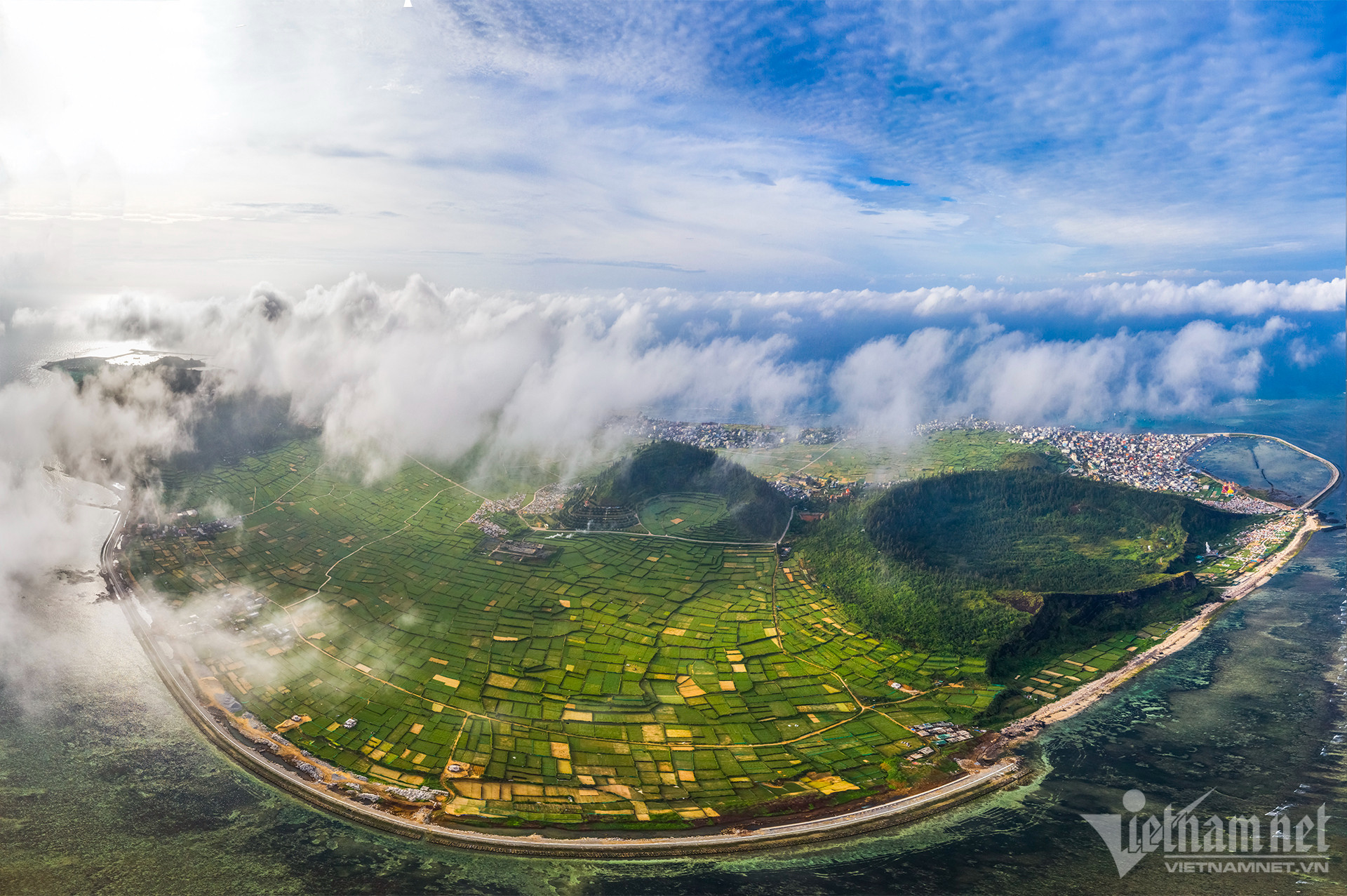
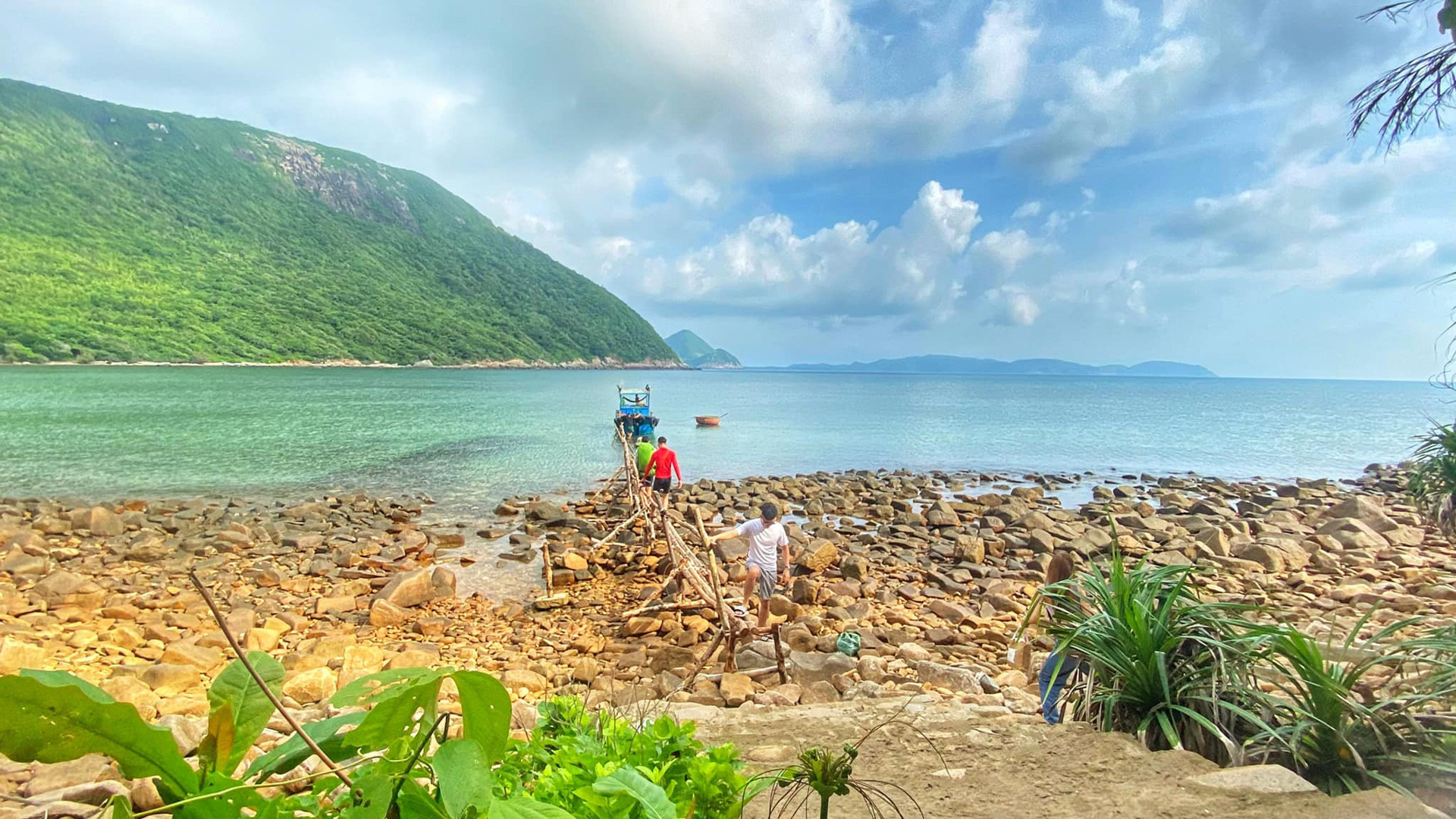
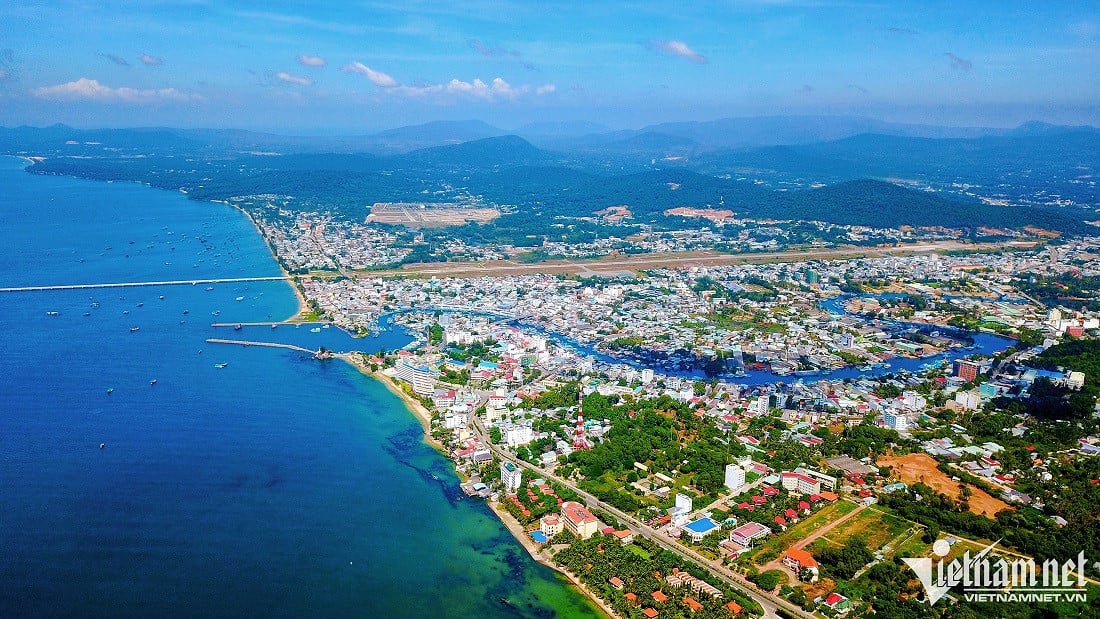
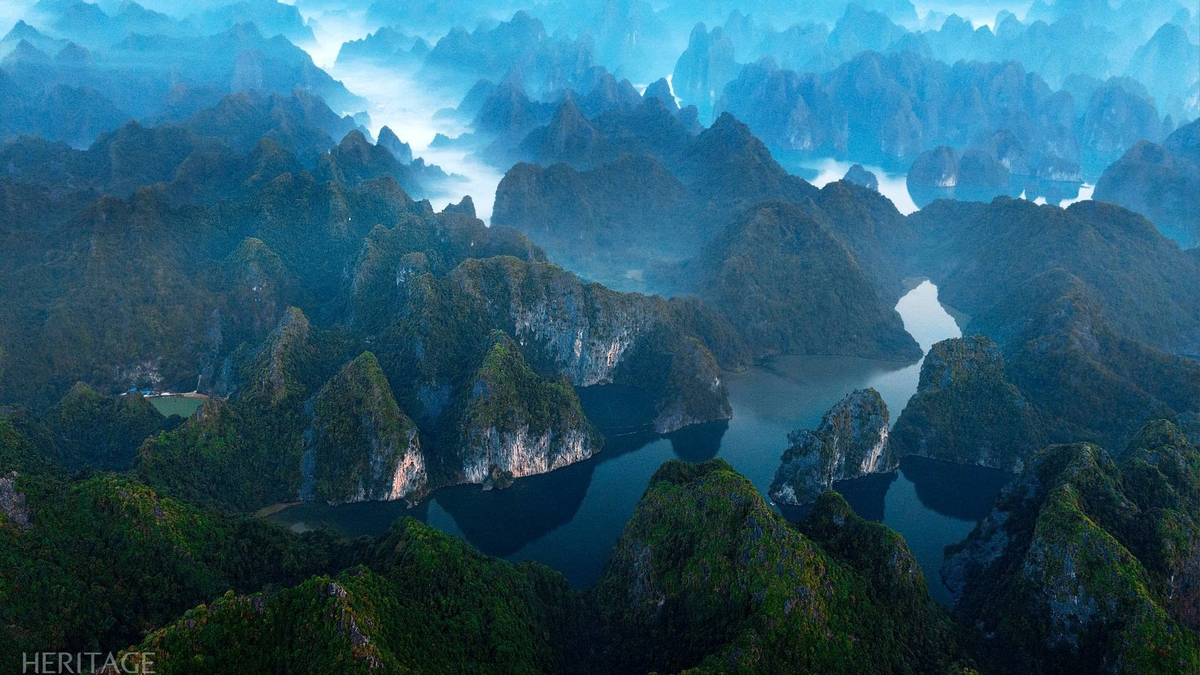




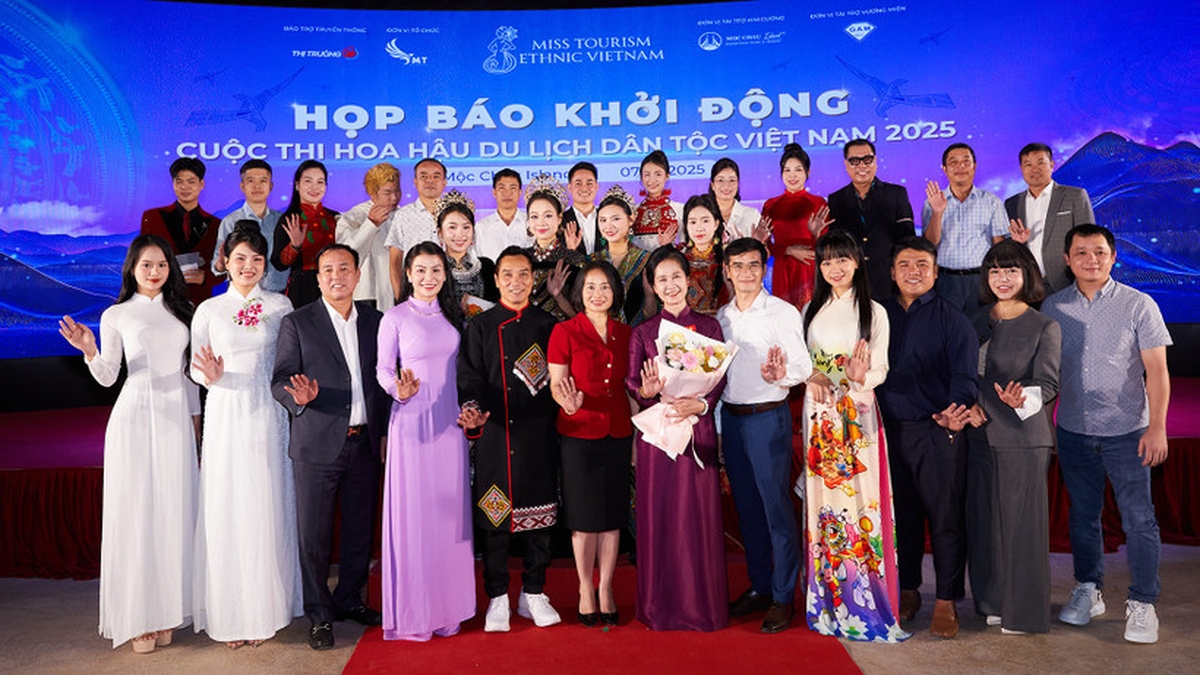
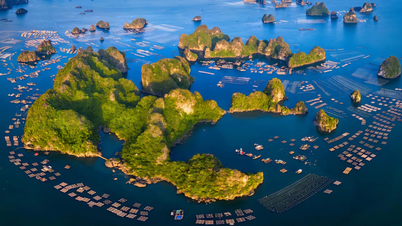

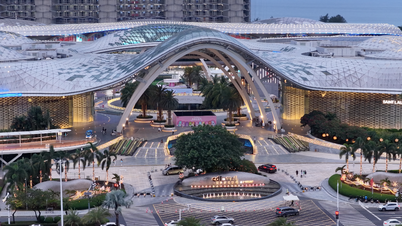
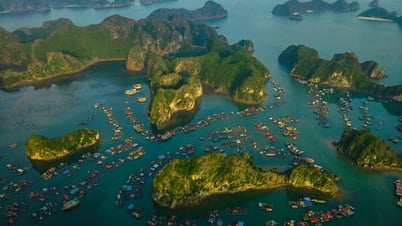

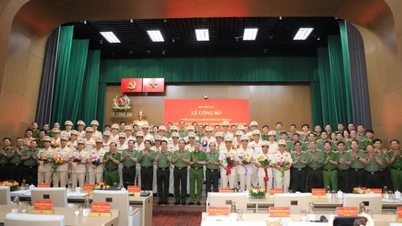

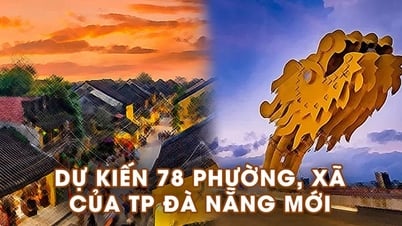

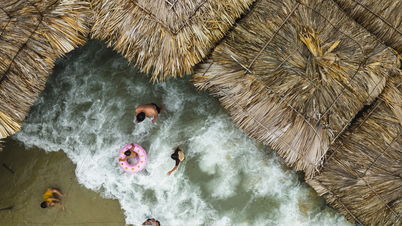
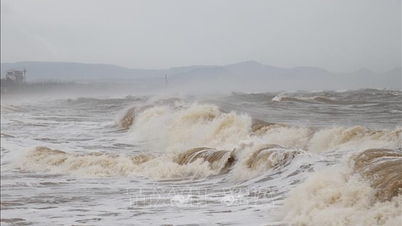

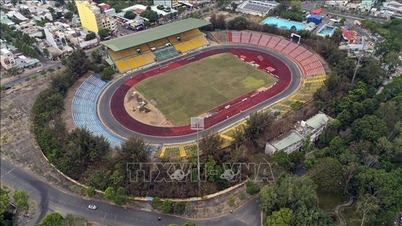











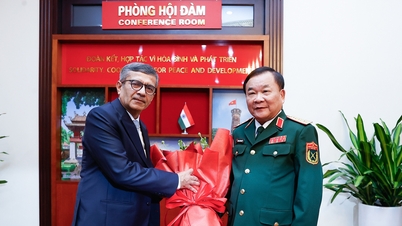

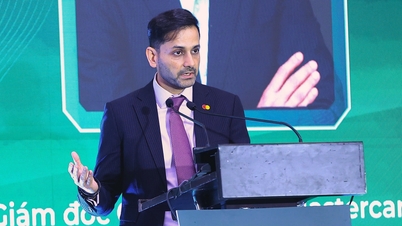

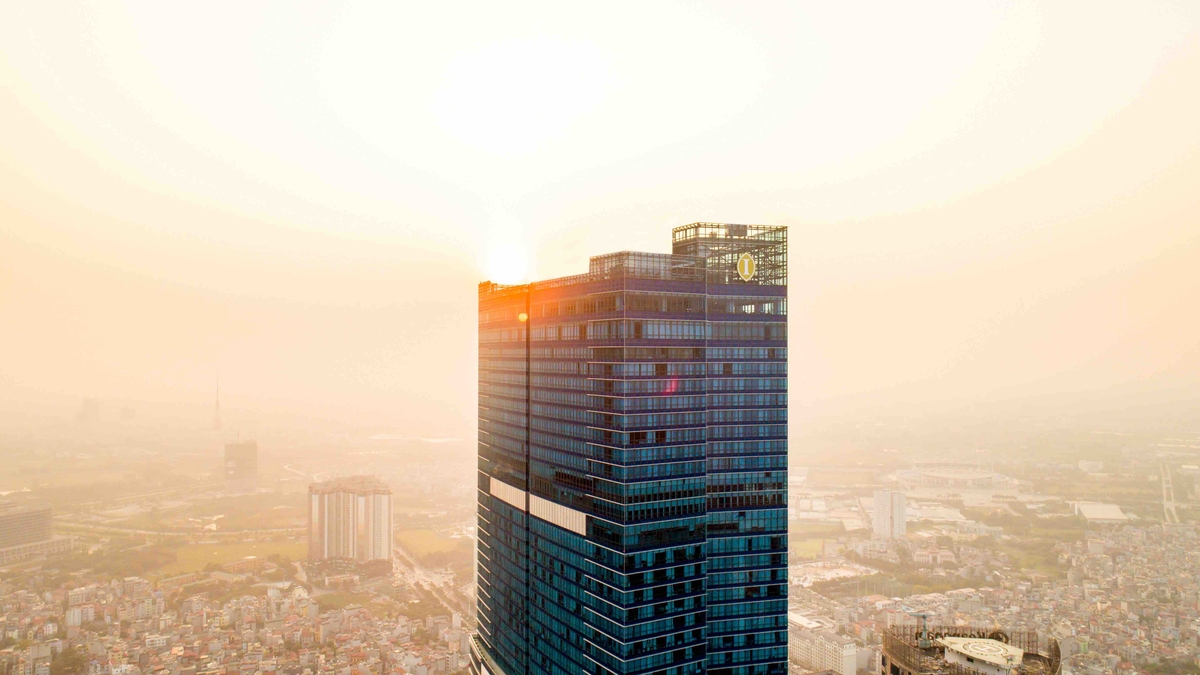
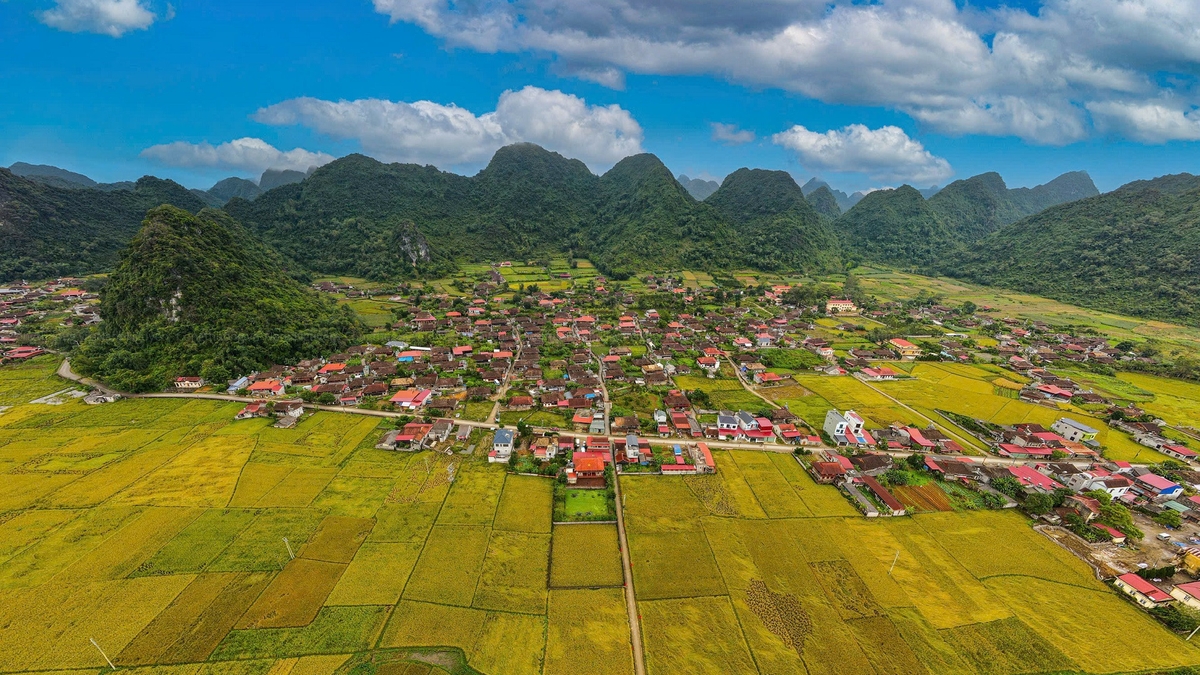




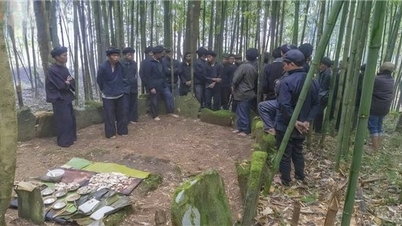




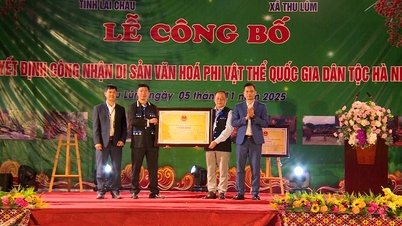

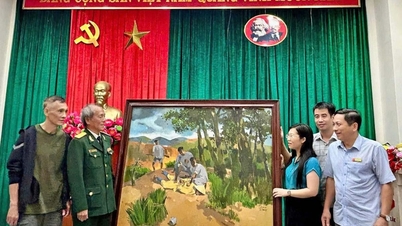

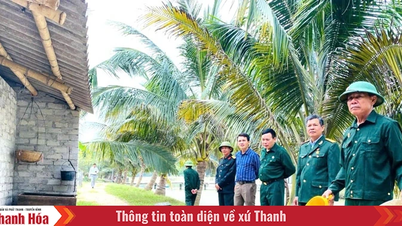




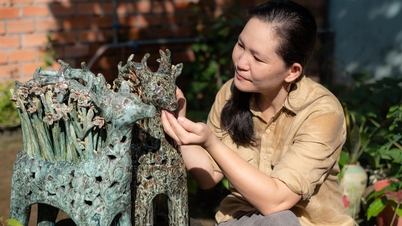






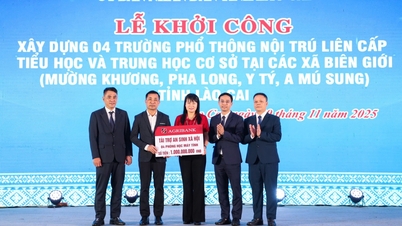
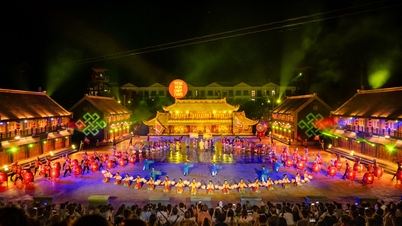

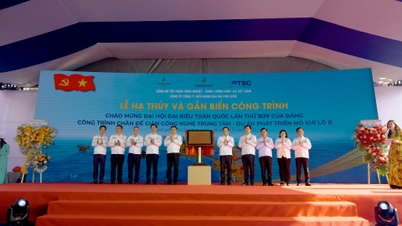







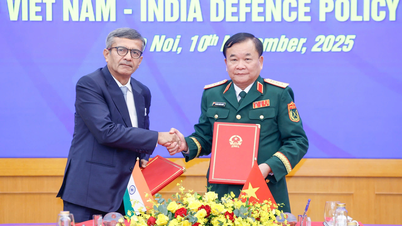




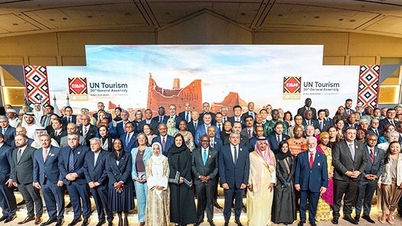






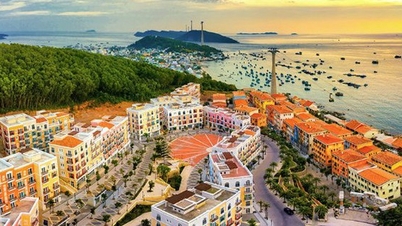
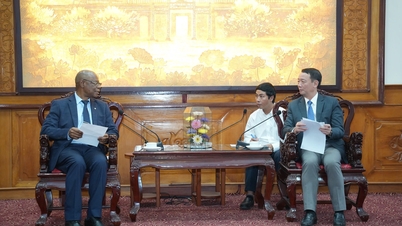

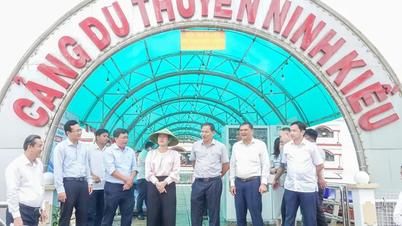

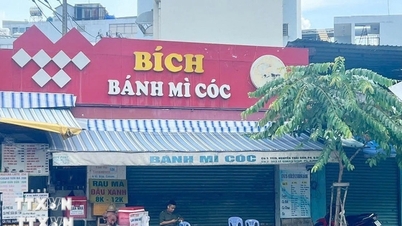

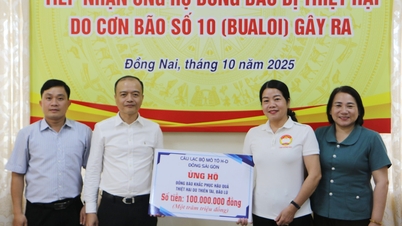

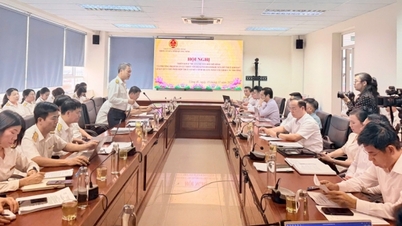


![Dong Nai OCOP transition: [Article 3] Linking tourism with OCOP product consumption](https://vphoto.vietnam.vn/thumb/402x226/vietnam/resource/IMAGE/2025/11/10/1762739199309_1324-2740-7_n-162543_981.jpeg)



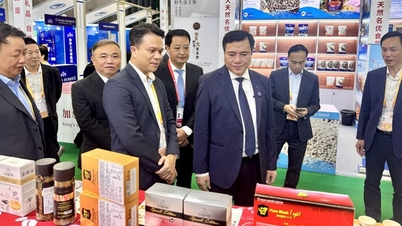

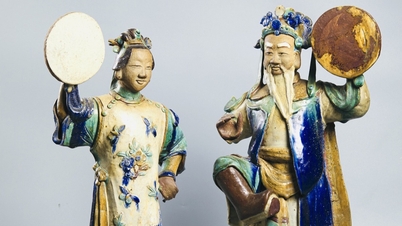




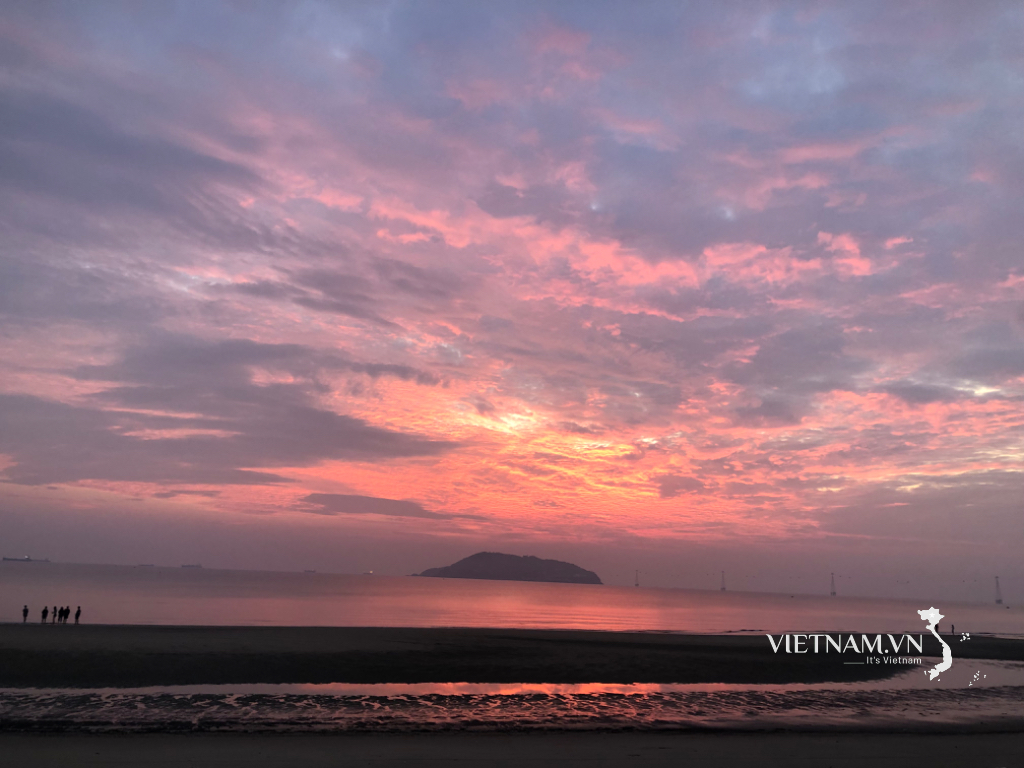
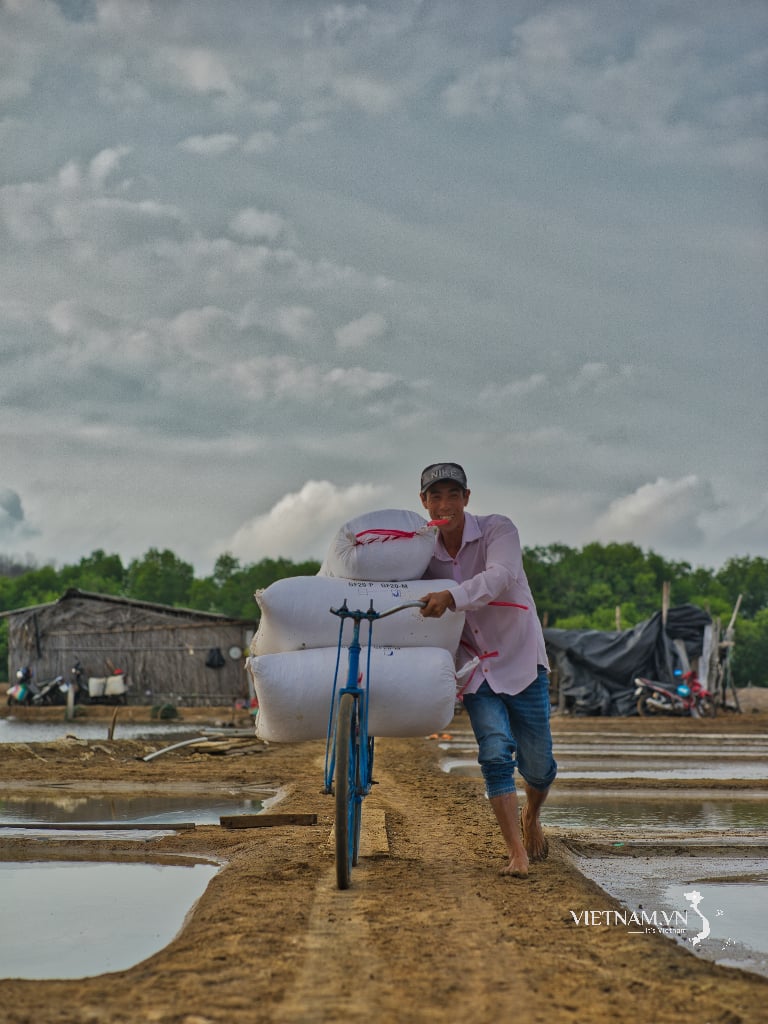

Comment (0)